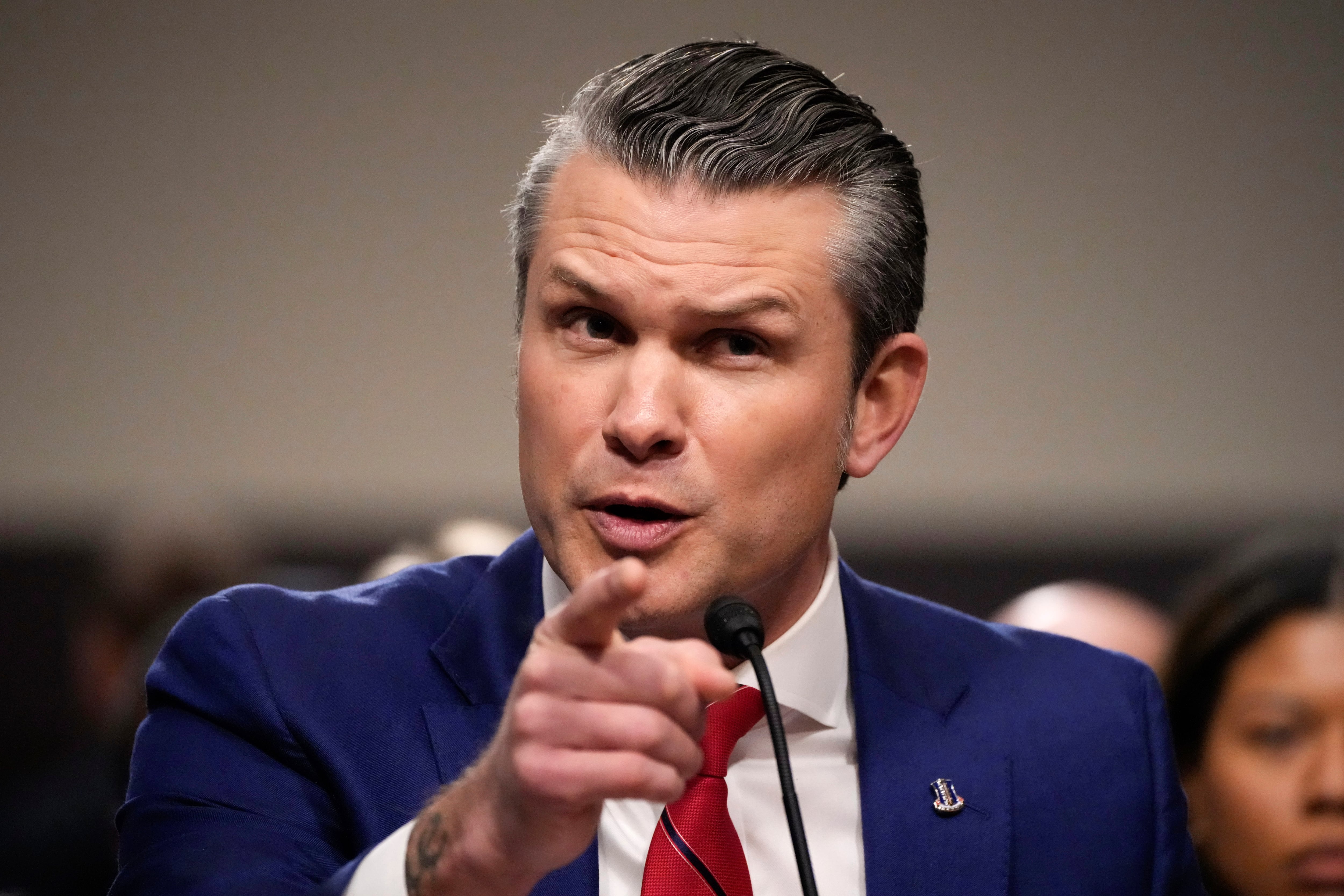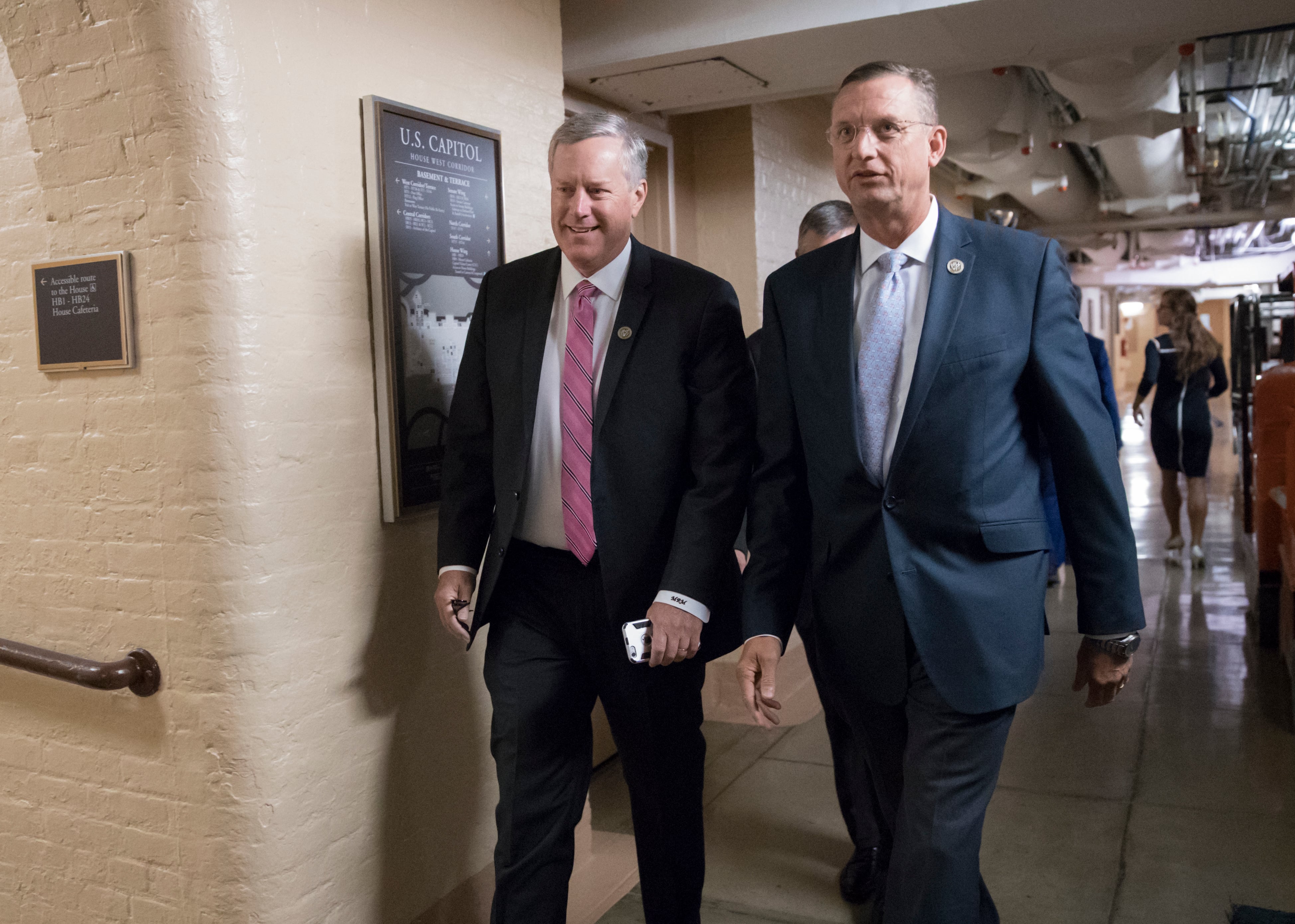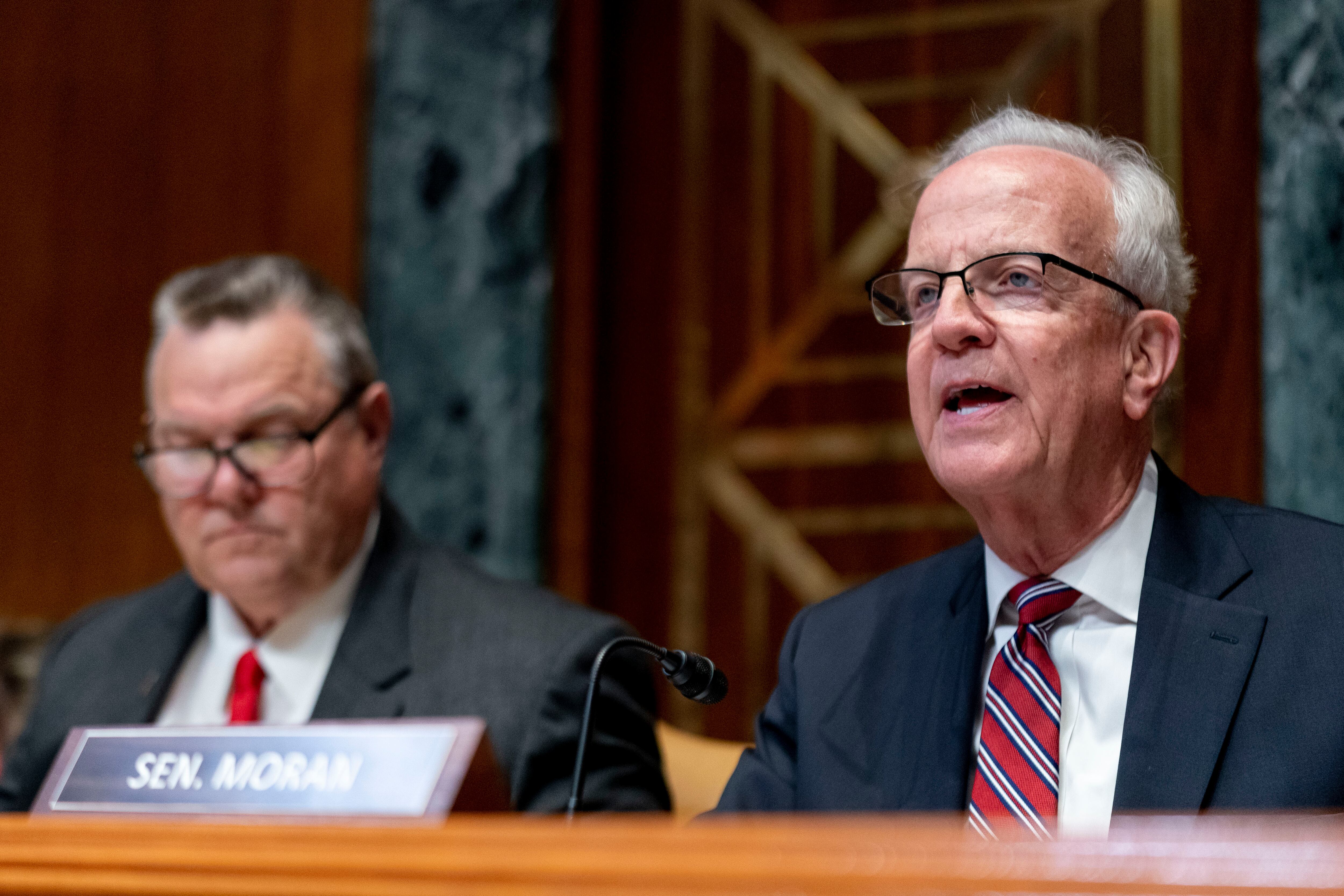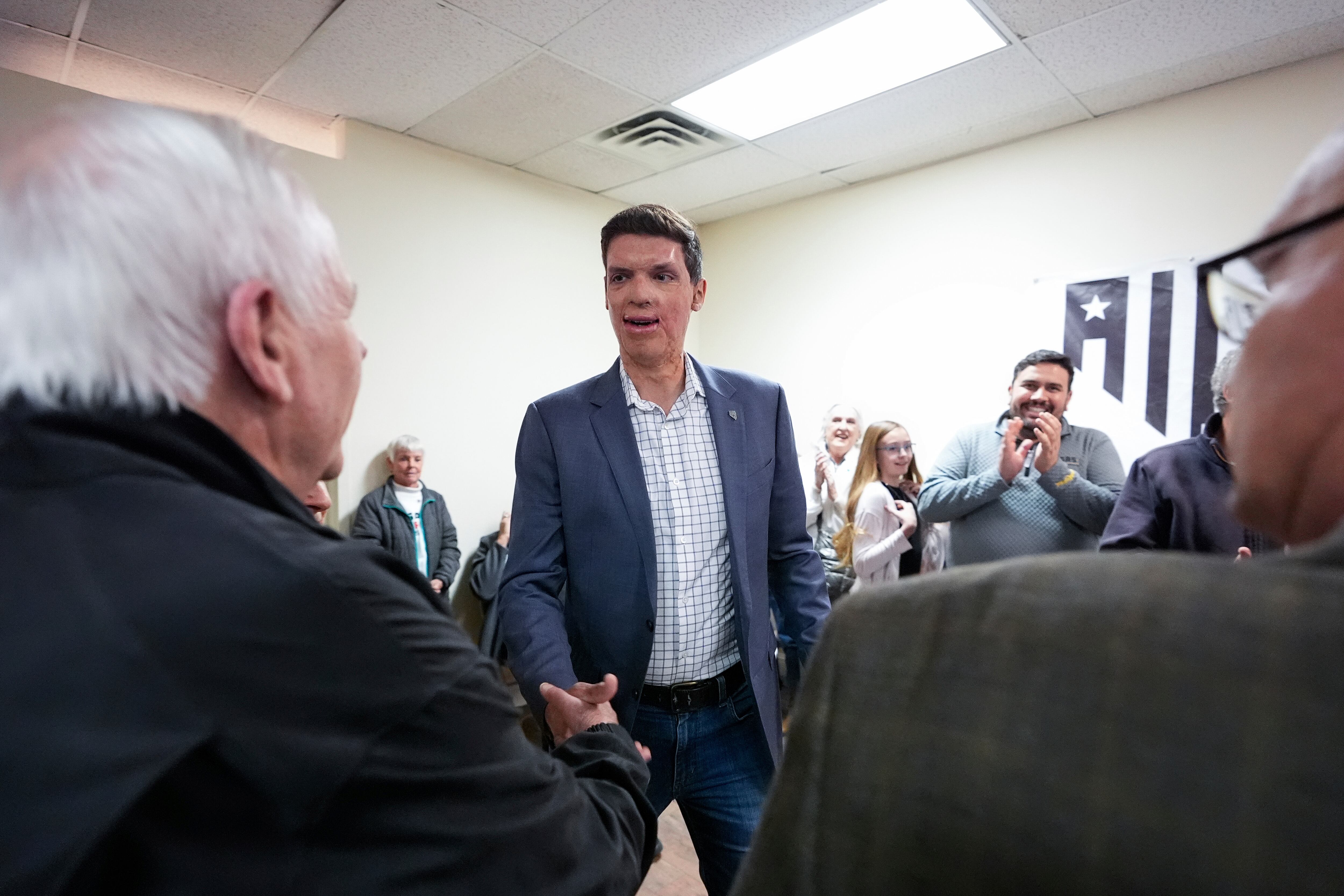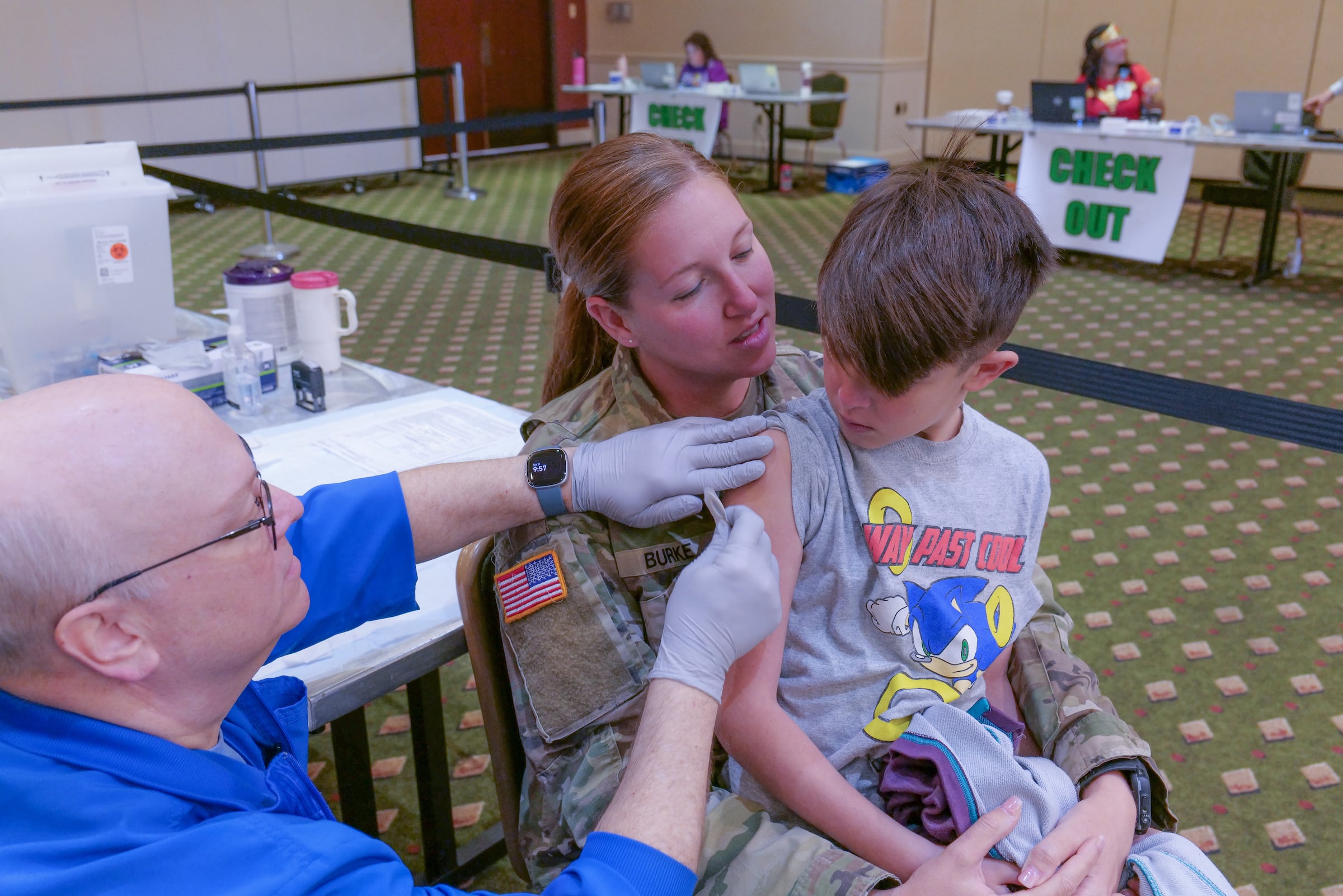While even one death is too many, our veterans continue to die from suicide at significantly higher rates — 57% — than those who have not served; and it is the second leading cause of death for veterans under the age of 45. Yet there is hope that we as a country can finally marshal our collective resources to diminish what has seemed like an intractable crisis.
The answers lie, in part, in nonprofit and civic organizations understanding what works, and in realizing that they can’t do it alone.
First, it’s essential to identify the key strategies we must implement if we hope to avert suicide. These fall into two categories requiring different kinds of interventions. One is suicide prevention, which is often used as a blanket statement but whose measurable results are focused on mental health. The second is what I have termed “suicide protection,” which also includes practical solutions for financial insecurity, healthcare and access to communities of shared interests and support.
As a social scientist who relies on evidence to make funding decisions, I look at a program’s desired outcome and the analytics an organization can provide in achieving this. While many nonprofits express intent to prevent suicide, a profoundly important goal, we know from clinical practice guidelines by the Department of Defense and the Veterans Administration that cognitive behavioral therapy is the only approach in the preventive toolkit with a strong enough efficacy for those organizations to recommend it.
In contrast, suicide protection tackles a broader set of factors: legal problems, unemployment or financial loss that can cascade to the dissolution of friends and family and ultimately the feelings of social isolation and hopelessness that are the breeding ground for tragedy. This builds upon factors identified by the CDC to watch for and ways to create environments of support.
Successful organizations must seek to get at these root causes — providing professional services, employment, housing, and foo10d, along with mental health care for depression and anxiety. To protect these veterans, organizations can cultivate feelings of connection and usefulness rather than feelings of loneliness and being burdensome to others.
It may seem like a semantic issue, but clarifying the differences between suicide prevention and suicide protection can be transformative in nonprofits’ strategies to collaborate with others and build holistic supports for veterans.
Let’s start by considering how an organization can best complement federal resources.
The Department of Veterans Affairs has successfully reduced deaths by suicide of veterans receiving its care, but its reach is limited. Not all veterans are eligible for VA services, and fewer than half of eligible veterans use VA services. This is evident in the suicide data: fewer than 40% of those who died by suicide in 2020 (the most recent year of available data) had recently been seen by the VA. Of those seen by the VA, fewer than half received mental healthcare.
We as a nation have vast nonprofit resources that we can bring together to supplement the government services that work. We can also build partnerships among like-minded veteran organizations to synergize their offerings, and especially to serve the veterans at risk who are not seeking mental healthcare. Together we can create a protective safety net for the broader community of veterans at risk.
The good news is that many organizations such as Bastion Community of Resilience and United Way of Long Island are already doing important work in alliance with others to address a broad range of needs to ensure veterans’ wellness.
Yet barriers still exist, even among those who are committed to their mission to serve the military and veteran community. We hope that with greater recognition of suicide protection, organizations that are focused solely on specific services such as legal aid or employment assistance, can then see the benefits — indeed the imperative — of aligning with other service providers.
The Bob Woodruff Foundation, or BWF, has seen how powerful a network can be. We partner with 300+ best-in-class organizations that comprise the BWF Got Your 6 grassroots network of civic and veteran organizations across the country. They help BWF understand the on-the-ground needs of veterans and their families; and BWF can offer funding and critical guidance on strategy, infrastructure and governance. Perhaps most important, this becomes a wellspring of information, best practices and collaborative programs.
Communities benefit when local organizations have a clearer understanding of their roles, strengths, and opportunities to partner in both suicide prevention and suicide protection. Leaders and stakeholders will be better able to assess the full range of coverage in their geographic areas, prioritize resources, and ensure that every American neighborhood is a safe landing zone for our service members, veterans, and their families.
The tragedy of veteran suicide cannot go unabated. With a greater awareness of the crucial roles our veteran organizations can play on their own and in concert with others, we can create a stronger national network of advocates — and better protect those who served to protect us.
Dr. Margaret Harrell, PhD, is chief program officer at the Bob Woodruff Foundation, a leading philanthropic organization enabling veteran and military service members and their families to lead stable and successful lives.
Have an opinion?
This article is an Op-Ed and as such, the opinions expressed are those of the author. If you would like to respond, or have an editorial of your own you would like to submit, please email us. Want more perspectives like this sent straight to you? Subscribe to get our Commentary & Opinion newsletter once a week.

